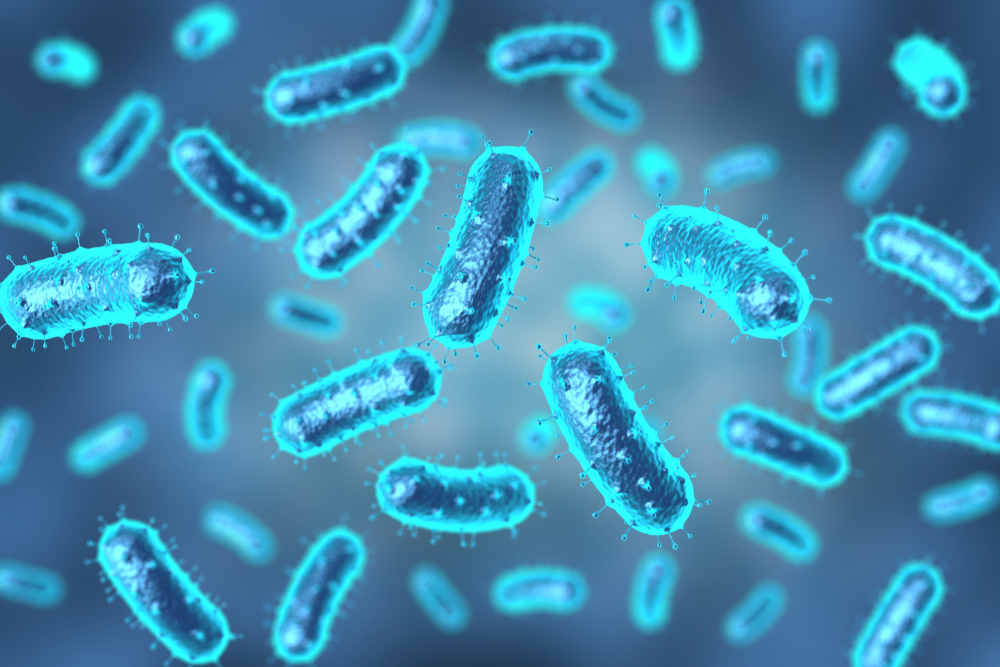Journal Excerpt: Parkinson Disease and the Microbiome

Abstract
Parkinson disease (PD) is one of the fastest-growing neurodegenerative diseases, with gastrointestinal symptoms often preceding motor symptoms by several decades. As such, there has been an interest in understanding the potential role of the microbiome and how it relates to PD and what clinical implications this may have for patient management.
The aim of this review was to conceptualize current understandings of the crosstalk between neurological and gastrointestinal systems as they relate to PD pathogenesis.
It is now understood that gut factors play a role in both initiating and promoting neurodegeneration in a subset of PD patients. Some of the major mechanisms underpinning these factors include intestinal dysbiosis, intestinal hyperpermeability, inflammation, and enteric alpha-synuclein aggregation. An integrative approach to the assessment of PD patients encompasses understanding such mechanisms and how they may be contributing to PD progression. Gut-specific treatments should focus on targeting pathogens that may enhance disease progression or interfere with medication efficacy, improving microbial diversity and gastrointestinal-related symptoms, targeting alpha-synuclein aggregation and neuronal inflammation, and promoting antioxidative function.
The gut microbiome offers potential opportunities to enhance care and promote patient outcomes for those with PD. While naturopathic and integrative medicine does not offer a cure, it may play a role in slowing disease progression and enhancing quality of life for these patients.
Introduction
Parkinson disease is a progressive neurodegenerative disorder affecting over 10 million individuals worldwide.
PD results from the loss and degeneration of dopaminergic neurons in the basal ganglia and an aggregation of Lewy bodies.
Background
While the pathological signatures of PD have been well-documented, its pathomechanisms remain somewhat elusive.
Lewy bodies composed of alpha-synuclein aggregates and other proteins are another neuropathological hallmark of PD.
There are a few theories on why these processes may occur. A possible explanation includes disruptions to normal cellular mechanisms regulating alpha-synuclein turnover, including impaired lysosomal function, a process responsible for degrading and recycling cellular waste.
Additional external factors may also play a role in alpha-synuclein misfolding and the subsequent aggregation observed in PD. Oxidative stress, a process that occurs via an imbalance between the production of reactive oxygen species (ROS) and the host’s antioxidant defenses, has been shown to promote alpha-synuclein misfolding and aggregation.
Most alpha-synuclein aggregates are found in the brainstem, substantia nigra, and cortex. Interestingly, they have also been discovered in other areas, including the spinal cord, peripheral nervous system, cardiac plexus, and the enteric nervous system.
Both genetic and environmental factors are thought to play a role in PD pathogenesis. However, studies suggest that only 3% to 5% PD cases occur due to mutations in a single gene, while 16% to 36% of cases can be explained by influenced by variations in multiple genes.23
Editor's Note: To read the full Natural Medicine Journal peer-reviewed article, click here.
- Beitz JM. Parkinson’s disease: a review. Front Biosci. 2014;S6(1):S415.
- Dorsey ER, Sherer T, Okun MS, Bloem BR. The emerging evidence of the Parkinson pandemic. J Parkinsons Dis. 2018;8(s1):S3-S8.
- Willis AW, Roberts E, Beck JC, et al. Incidence of Parkinson disease in North America. NPJ Parkinsons Dis. 2022;8(1):170.
- Chen RC, Chang SF, Su CL, et al. Prevalence, incidence, and mortality of PD. Neurology. 2001;57(9):1679-1686.
- Bloem BR, Okun MS, Klein C. Parkinson’s disease. Lancet. 2021;397(10291):2284-2303.
- Obeso JA, Stamelou M, Goetz CG, et al. Past, present, and future of Parkinson’s disease: a special essay on the 200th anniversary of the shaking palsy. Mov Disord. 2017;32(9):1264-1310.
- Warnecke T, Schäfer KH, Claus I, Del Tredici K, Jost WH. Gastrointestinal involvement in Parkinson’s disease: pathophysiology, diagnosis, and management. NPJ Parkinsons Dis. 2022;8(1):31.
- Marino BLB, de Souza LR, Sousa KPA, et al. Parkinson’s disease: a review from pathophysiology to treatment. Mini Rev Med Chem. 2020;20(9):754-767.
- Mehra S, Sahay S, Maji SK. α-Synuclein misfolding and aggregation: implications in Parkinson’s disease pathogenesis. Biochim Biophys Acta Proteins Proteom. 2019;1867(10):890-908.
- Bendor JT, Logan TP, Edwards RH. The function of α-synuclein. Neuron. 2013;79(6):1044-1066.
- Poewe W, Seppi K, Tanner CM, et al. Parkinson disease. Nat Rev Dis Primers. 2017;3(1):17013.
- Dehay B, Bourdenx M, Gorry P, et al. Targeting α-synuclein for treatment of Parkinson’s disease: mechanistic and therapeutic considerations. Lancet Neurol. 2015;14(8):855-866.
- Dias V, Junn E, Mouradian MM. The role of oxidative stress in Parkinson’s disease. J Parkinsons Dis. 2013;3(4):461-491.
- Trist BG, Hare DJ, Double KL. Oxidative stress in the aging substantia nigra and the etiology of Parkinson’s disease. Aging Cell. 2019;18(6).
- Hwang O. Role of oxidative stress in Parkinson’s disease. Exp Neurobiol. 2013;22(1):11-
- Chen H, Zhang SM, Hernán MA, et al. Nonsteroidal anti-inflammatory drugs and the risk of Parkinson disease. Arch Neurol. 2003;60(8):1059.
- Tanner CM, Kamel F, Ross GW, et al. Rotenone, paraquat, and Parkinson’s disease. Environ Health Perspect. 2011;119(6):866-872.
- Gatto NM, Cockburn M, Bronstein J, Manthripragada AD, Ritz B. Well-water consumption and Parkinson’s disease in rural California. Environ Health Perspect. 2009;117(12):1912-1918.
- Gardner RC, Yaffe K. Epidemiology of mild traumatic brain injury and neurodegenerative disease. Mol Cell Neurosci. 2015;66:75-80.
- Balabandian M, Noori M, Lak B, Karimizadeh Z, Nabizadeh F. Traumatic brain injury and risk of Parkinson’s disease: a meta-analysis. Acta Neurol Belg. 2023;123(4):1225-1239.
- Scheperjans F, Aho V, Pereira PAB, et al. Gut microbiota are related to Parkinson’s disease and clinical phenotype. Mov Disord. 2015;30(3):350-358.
- Jellinger KA. Synuclein deposition and non-motor symptoms in Parkinson disease. J Neurol Sci. 2011;310(1-2):107-111.
- Tysnes OB, Storstein A. Epidemiology of Parkinson’s disease. J Neural Transm. 2017;124(8):901-905.




















SHARE